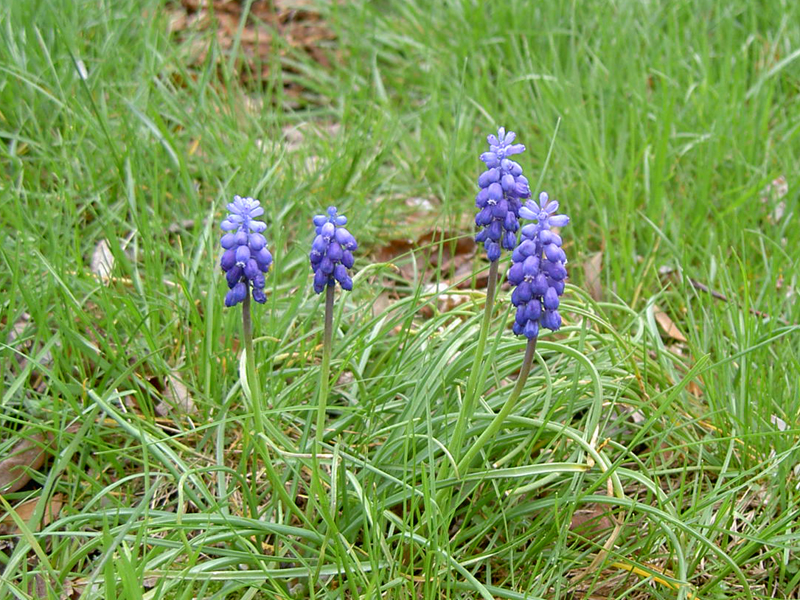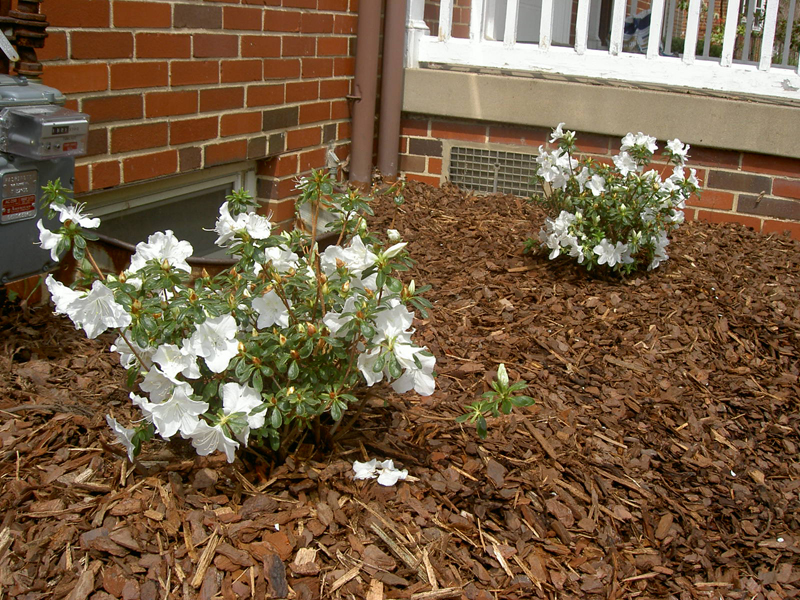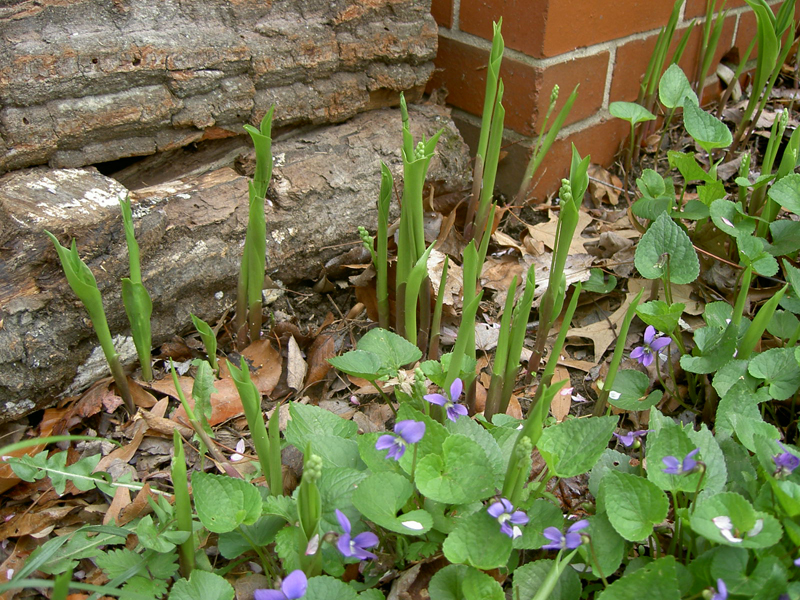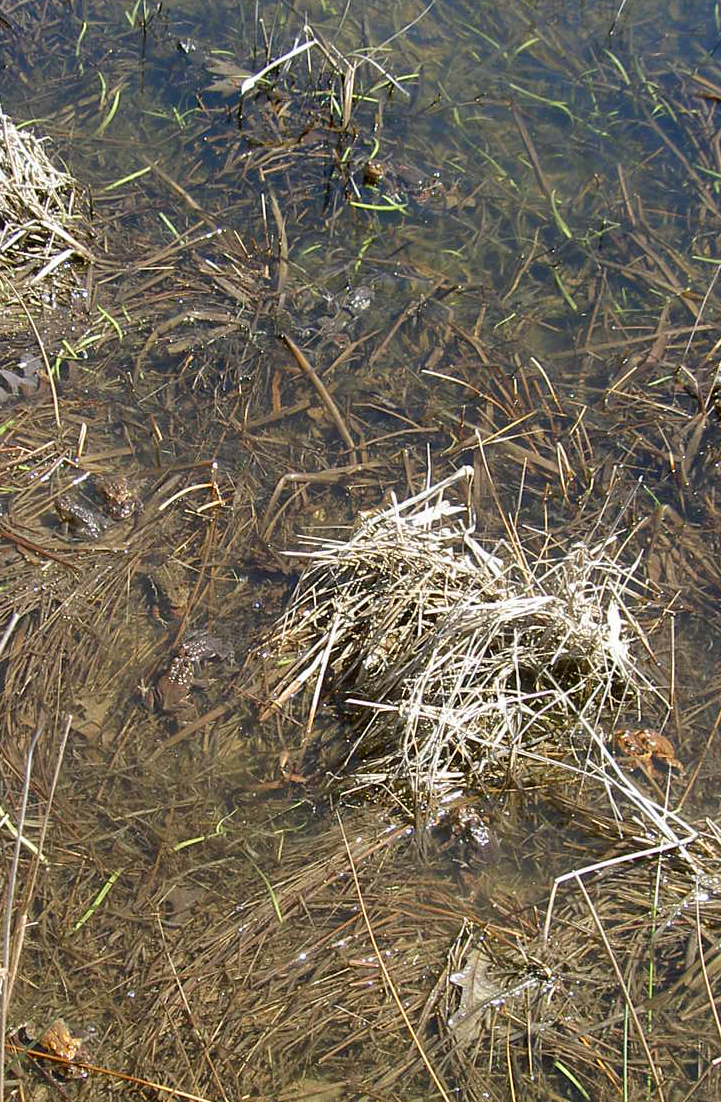This past weekend we took advantage of nice weather and an unscheduled day to drive to the wildlife refuge at Bombay Hook in search of new shorebirds. Shorebirds are the other glaring weak spot in my birding — warblers being the first — and I’ve vowed that this year I will improve my skills. Our trip revealed that I’m getting better, but for little brown birds running around on mudflats at a distance, I really could use a stronger pair of binoculars. The ones I have do fine for large birds at a distance and small birds in the woods, but sandpipers and waterfowl across the marsh at dusk all blur together.
Technological limitations aside, we spotted about thirty species on our trip, with seven new life birds among them. The first birds of the trip were two birds of prey along the road into the refuge: a Rough-Legged Hawk hovering over a field and a Northern Harrier taking off from a telephone wire. The harrier was also the first life bird of the day; it felt like an auspicious beginning to see something new before even reaching our destination. Just inside the gate we promptly spotted some familiar friends: Eastern Bluebirds, grackles, robins, starlings and mockingbirds. At the nesting houses outside the visitors’ centre were the first Purple Martins of the year; we got a nice good look at them as they staked out their ground against the starlings. Although shorebirds were the goal, I couldn’t make myself drive quickly past the other habitat on the way to the flats, and as a result we caught sight of the second life bird of the day, a Ring-Necked Pheasant making its merry way along the edge of the field just at the start of the driving loop. I know these are common birds, somewhat disdained for being introduced and descendants of domestic escapees to boot, but I hadn’t seen one in North America before. In the same stretch of fields I spotted a couple of Horned Larks mixed in with the hordes of Red-Winged Blackbirds, starlings and robins, and in the pond beyond we found a handful of gulls, including our old Chincoteague nemesis, the Laughing Gull.
Moving on to the first pond, we unintentionally flushed a Great Egret and a Snowy Egret from the marsh opposite and caught a Great Blue Heron flying in overhead. As luck would have it, a Black-Necked Stilt landed at the edge of the pond just as we arrived and we got a good close look at it poking around. We’d seen a couple at Chincoteague during the spring migration three years ago, but this was a great second sighting. Also in the pond were Northern Pintails, Northern Shovelers, and Green-Winged Teals, birds I’d seen on my trip up last month but which were new to my partner. Circling overhead was a tern that I would swear was a Roseate were (1) they not so rare and (2) I a more confident birder. The bird had a crisp black head and nape, a black bill, and the longest outer tail feathers I’ve ever seen on a tern. Later in the day we did see Forster’s Terns, so it’s possible that the light made the bill of this one look black. I would love to know if any Roseates have been sighted along the Northeast coast recently, though, as the tail was striking enough that I retain my doubts. Even with an inconclusive identification, the tern was exciting to see!
On our way to the mudflats, we found a pair of Blue-Winged Teals mixed in with some Green-Winged Teals dabbling around in low tide. I believe they nest at Bombay Hook, but I had failed to find any on my previous visit, so they were a good surprise. The other neat surprise, after peering after Greater Yellowlegs and Lesser Yellowlegs — new to me but not particularly challenging to find or identify — and hordes of Dunlins in various stages of breeding plumage, was an American Golden-Plover running around on the flat closest to the road. Its back and head were in full breeding plumage, with the belly still filling in, but it was glowing and sharp looking nonetheless. With its white undertail coverts and white flank stripe it most resembled its European cousin, but the fact that the vast majority of North American sightings of those birds occurred in Newfoundland (thanks again, Sibley!) — and much peering through our binoculars with our elbows propped on the roof of the car — swayed us to the belief that it simply hadn’t gotten all its summer feathers yet. It was still a good catch of a less common — and good-looking! — native bird, so we were pretty pleased with ourselves.
The rest of the trip yielded nothing new, but as we made our way around the rest of the loop we spotted a Killdeer, several Black-Crowned Night Herons roosting in the trees with the Snowy Egrets and Great Egrets, and a single Cattle Egret hanging out on the edge of the marsh with a Snowy Egret. Our very last sighting of the day was a young Bald Eagle wading around in low tide, surrounded by several shorebirds that seemed not at all concerned about being eaten. I suppose in a place with an abundance of ducks, shorebirds are a little skimpy for its taste. Either way, it was funny to see such an obvious predator landed in the midst of what I would certainly have tagged as prey.
By the time we left the sun had definitely gone down, the mosquitoes were out in force, and we had to wait for the automatic gate to release us. It was a good day, though, and if I didn’t see the teeming and varied masses of sandpipers I was hoping for, there’s always next month (or year).





